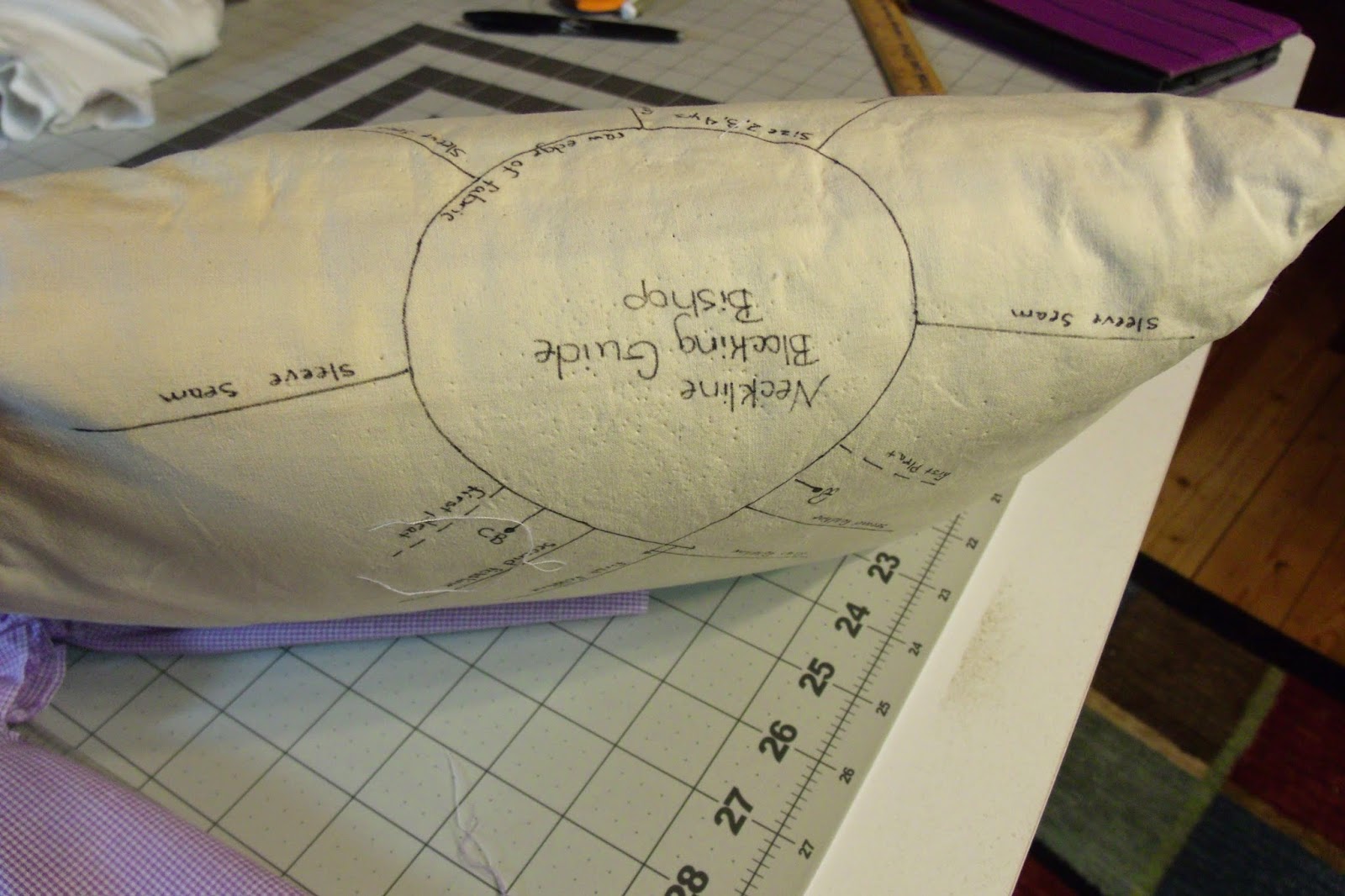I might have mentioned, several times, that I'm going to California in a couple of weeks. I really wanted some new clothes to wear but no money for the extra expense. So to my material stash I go.
I had bought some light-weight denim several months ago while visiting the Amish community store. I believe it's what the men's trousers are made out of it. It also has just the tiniest bit of stretch to the fabric. I figured it would make a perfect traveling skirt, but I wanted more than just a basic denim skirt.
I wanted this!
If you happen to click on the link for those pictures, I'll warn you...the prices are outrageous. I mean, over $500! Can you believe that!
So I got out my $4 a yard material, pencil and paper, measuring tape and started drawing. Yes, I based my drawing off of this skirt but it is not made like theirs.
First I measured myself.
That was depressing.
I'm basically an apple with only a couple of inches distinction between my waist and bust.
But I have lost 22 pounds....so that is slowly changing. I used to not have any that distinction.
Designing my own pattern, I drew off a basic flared skirt on the fold of my fabric. You can see from the picture above that I adjusted my first drawing and I shouldn't have. I made it too big.
I drew off an inch to make a pleated seam (like they have).
How I changed my pattern starts here.
As you can see from their picture, the back is made with 4 pieces, 2 for the top panel and 2 for the bottom panel.
I simply cut two pieces on the fold for my front and back. When I went to add my side seams, I decided to put my split on the side.
What I really liked about this design was the belt and buttons across the bottom of the skirt. I added that, but I changed up how the belt was formed. I needed to make the belt before I sewed up the side seams, because one end of the belt is sewn into the side seam and the other end of the belt goes over the side seam.
Like them, I added some vintage buttons from my grandmother's stash.
I also added a waist band with a double row of elastic.
And the biggest thing I did was turn the skirt around. I liked the look of the three buttons in the front, my buttoned flap goes to the back. The skirt is fuller in the front too. So I took one of their other skirt ideas and made some small pleats and added fabric flowers with button centers.
I've got it in the wash now to get rid of some of the blue dye and to wash out my chalk markings.
I'm pleased and I think I'll go tell Ken how much money I saved him today!
































